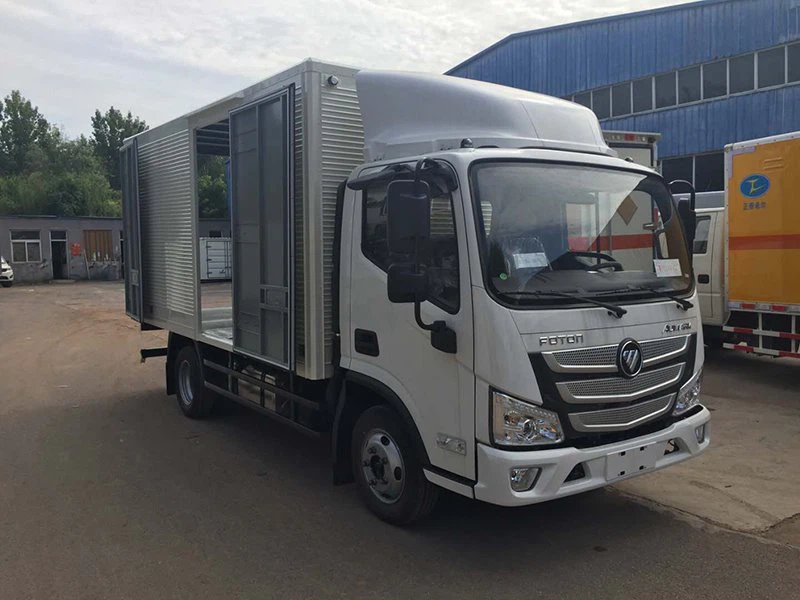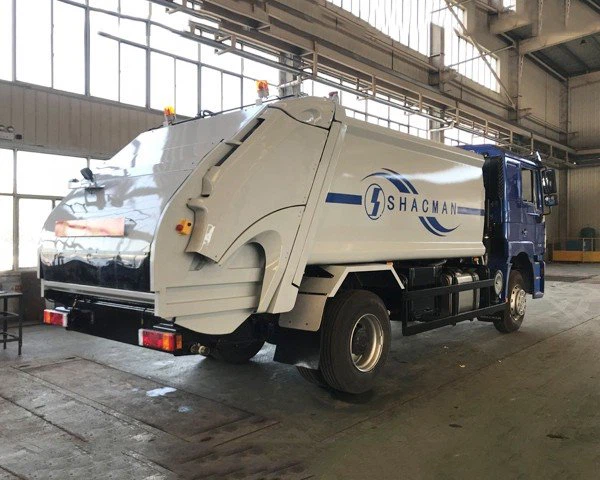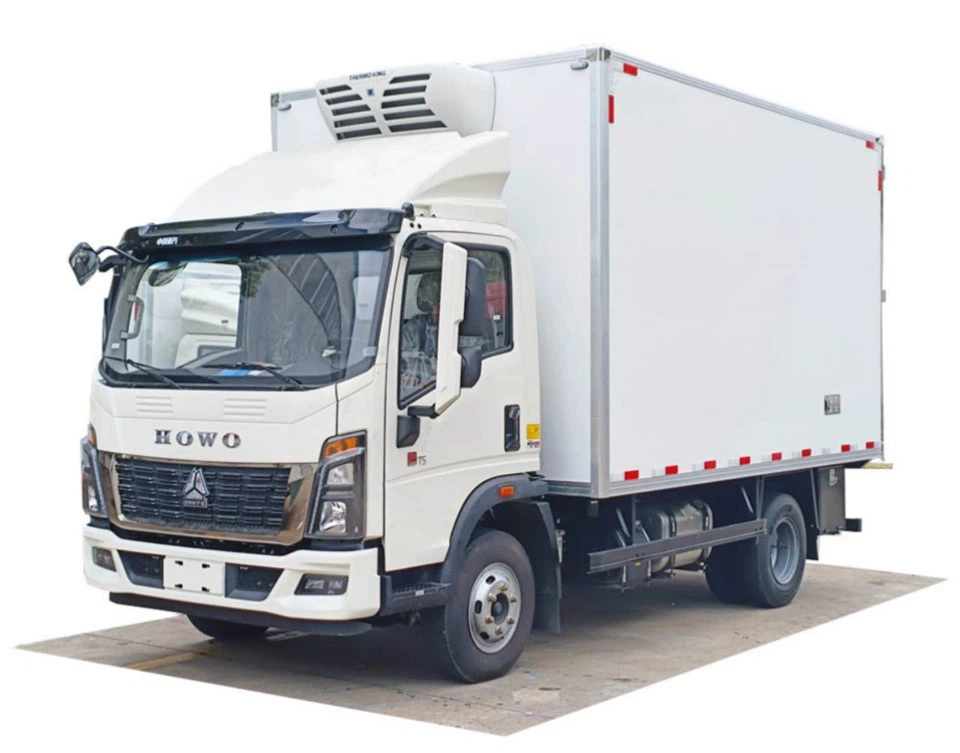Flour in Gas Tank: Understanding the Myths and Realities

In recent years, there have been numerous discussions and urban legends surrounding the idea of putting flour in a gas tank. Is it a harmless prank, or can it actually cause serious damage to your vehicle? In this comprehensive article, we will explore the topic of flour in gas tanks, examining its implications, effects, and the reasons behind this bizarre notion.
What Happens When Flour Is Put in a Gas Tank?
The idea of putting flour in a gas tank raises a lot of questions. To understand the consequences, we must first look into how fuel systems work in modern vehicles.
Fuel System Basics
Modern vehicles are equipped with complex fuel systems designed to deliver gasoline or diesel into the engine efficiently. The fuel is pumped from the tank, filtered, and then injected into the engine cylinders where it mixes with air and ignites. Any disruptions in this process can lead to performance issues or even engine failure.
The Immediate Effects of Flour in the Fuel Tank
When flour is introduced into the gas tank, it can lead to various immediate consequences:
- Clogging Filters: Flour, being a powder, can easily clump together and obstruct fuel filters.
- Impact on Fuel Injectors: The flour particles can block or damage fuel injectors, affecting fuel delivery.
- Fuel Combustion Issues: When mixed with gasoline, flour cannot combust properly, leading to engine misfires.
Potential Damage to the Engine
Ingestion of flour through the fuel lines can potentially cause serious engine damage:
- Engine Knock: Inconsistent fuel delivery can lead to pre-ignition and engine knocking.
- Overheating: Restricted fuel flow can cause the engine to overheat.
- Long-term Damage: Continuous use of contaminated fuel can lead to permanent damage to engine components.
Why Do People Put Flour in Gas Tanks?
The reasons behind this peculiar practice are varied and often misguided:
Urban Legends and Myths
One popular myth suggests that flour can help “clean” the fuel system or act as a temporary fix for certain mechanical issues. However, these claims are unsubstantiated and can lead to costly repairs.
Pranks and Vandalism
Some individuals may put flour in gas tanks as a prank or act of vandalism. Such actions are not only illegal but can also cause serious issues for the vehicle owner.

Understanding the Legal Implications
Engaging in such activities can result in legal consequences, including criminal charges for vandalism and potential civil liabilities for damages incurred.
Are There Any Legitimate Uses for Flour in Vehicles?
Flour has no legitimate application in a gas tank, but there are some contexts where flour or similar substances may come up in automotive discussions.
Using Flour in a Pinch
While not advisable, some people have claimed to use flour to temporarily seal small leaks in car radiators. However, this is merely a stopgap solution and should ideally be addressed with proper repairs.
Biodegradable Fuel Additives
There are eco-friendly additives available that promote better combustion and cleaner emissions, but they are specially formulated chemicals distinct from common ingredients like flour.
Tips to Prevent Flour and Other Contaminants in Your Fuel System
Regular Vehicle Maintenance
To maintain the integrity of your fuel system, regular maintenance is key:
- Regularly replace fuel filters.
- Keep the fuel system clean with appropriate additives.
- Inspect for any leaks or signs of tampering.
Securing Your Fuel Cap
Always ensure that your fuel cap is securely in place to deter any unwanted contaminants from entering your fuel tank.
Educating Others
Spread awareness about the dangers of putting inappropriate substances in gas tanks to help prevent others from making such mistakes.

What to Do If Flour Has Entered Your Gas Tank
If you suspect that flour or any other contaminant is in your gas tank, immediate action is critical.
Do Not Start the Engine
Attempting to start the engine might exacerbate the problem by circulating the contaminated fuel through the system.
Seek Professional Help
Contact a mechanic for a proper assessment. They may need to drain the tank completely and inspect the fuel system for damages.
Potential Cleanup Costs
Be prepared for potential repair costs, which can fluctuate depending on the extent of the damage.
Practical Examples of Vehicle Damage
| Type of Damage | Description | Estimated Repair Cost |
|---|---|---|
| Fuel Filter Replacement | Clogged filters require replacement. | $100 – $200 |
| Fuel Injector Cleaning | Cleaning or replacing fuel injectors due to blockage. | $300 – $500 |
| Engine Repairs | Repairs related to engine knocking or overheating. | $500 – $2,500 |
Frequently Asked Questions (FAQ)
1. Can putting flour in a gas tank damage my vehicle?
Yes, flour can clog filters, harm injectors, and lead to serious engine problems.
2. What should I do if I accidentally put flour in my gas tank?

Do not start the engine. Instead, contact a qualified mechanic for assistance.
3. Are there any substances that can clean a fuel system effectively?
Yes, there are various reputable fuel system cleaners available which are specifically designed for this purpose.
4. Is it illegal to put flour in someone else’s gas tank?
Yes, this act can be considered vandalism and can result in legal consequences.
5. How can I prevent contaminants from entering my fuel tank?
Regular maintenance, securing your fuel cap, and staying vigilant about your tank’s condition can help.
6. What are the signs of fuel contamination?
Signs can include poor engine performance, stalling, and difficulty starting the vehicle.
